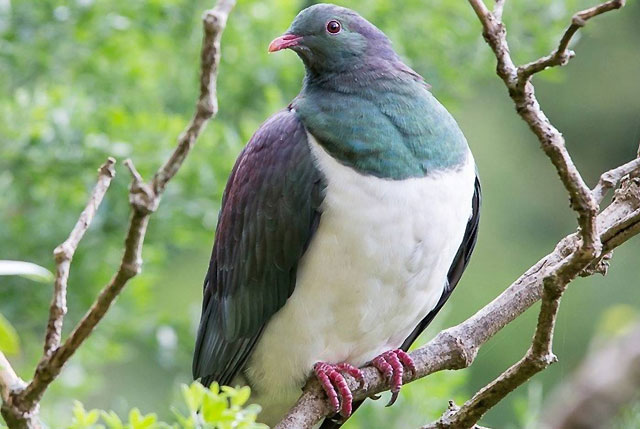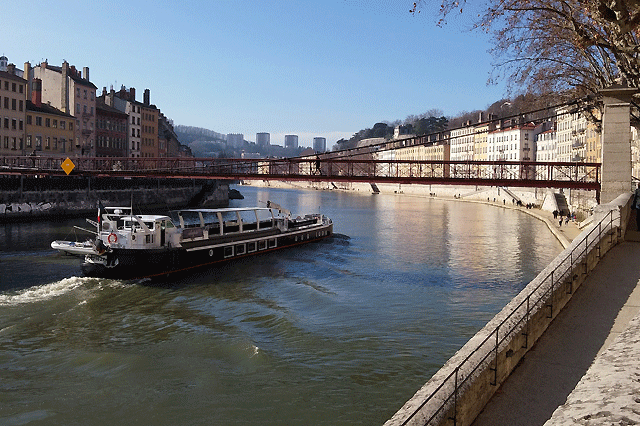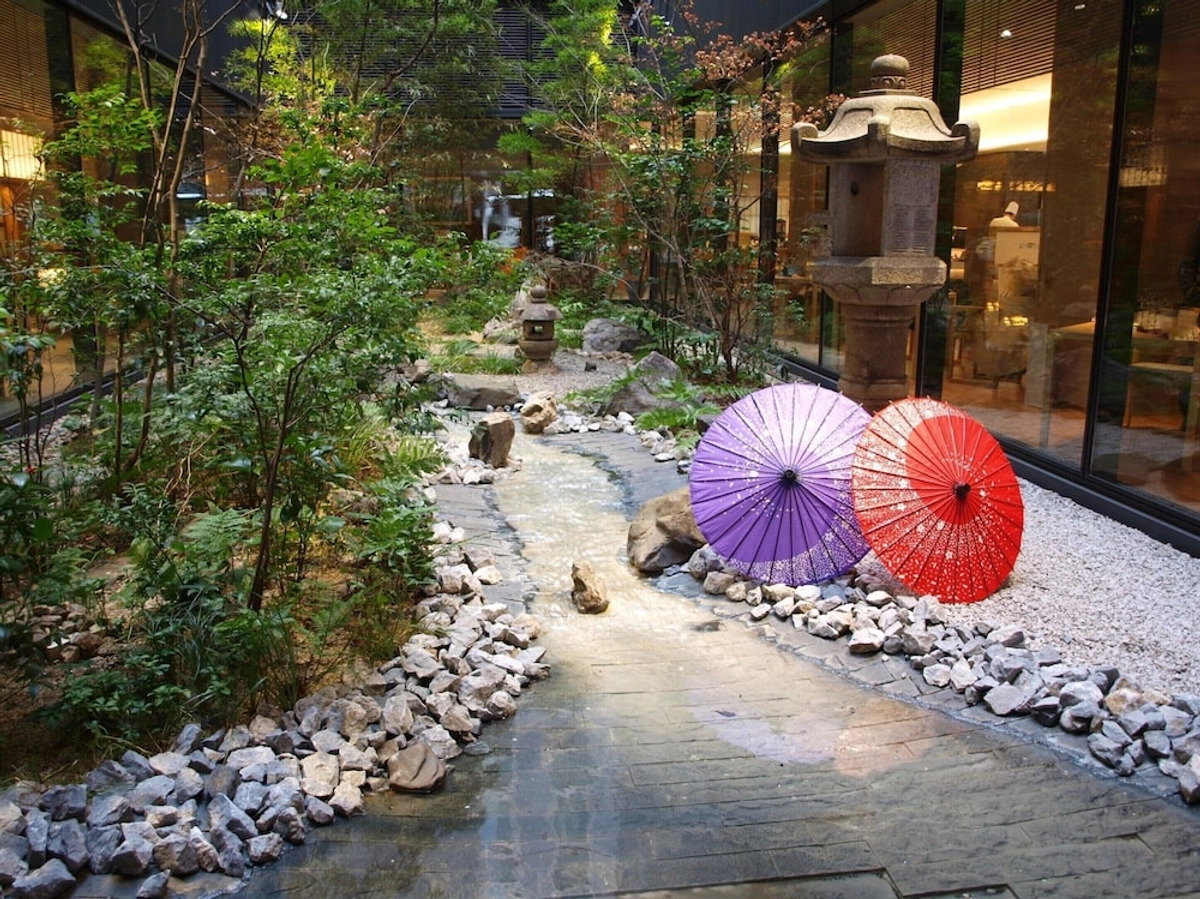It looms off the coastline like a giant ocean liner, its silhouette resembling an impregnable floating fortress. Long on my Kiwi bucket list, I finally took a foray to Kapiti Island recently, on a mild winter’s morning. Departing from Paraparaumu Airport on the shortest chopper ride of my life, Kapiti Heliworx hoisted me over the water from the mainland to this storied island sanctuary. www.kapitiheliworx.co.nz

Waiting to greet me was Manaaki Barrett, the walking, breathing embodiment of manaakitanga, who hosts guests and manages the Kapiti Island Nature Tours Lodge. Kapiti Island’s designation as a nature reserve enjoys an interesting quirk. 20 hectares of the legendary island remains privately owned by the Barrett whanau in a family trust, who are dedicated guardians of this bird lover’s Eden and to preserving their whakapapa.

Their Ngati Toa, Te Ati Awa and Ngati Raukawa roots run deep, ever since their warrior ancestor, Te Rangihiroa, journeyed down from Waikato with Te Rauparaha to settle on the island. Back then, over 2000 people lived here, powered by the booming whaling and sealing trade. As Manaaki put it delicately, there was a lot of intermingling between people. The Barrett’s have lived here in some shape for the past 200 years, with Manaaki’s grandmother being the last person to be born on the island. His sister recently considered a home birth on Kapiti, but decided it was too risky, in case there were complications with the delivery.

Declared a nature reserve by the government in 1897, bar the Barretts’ block, John’s whanau continued to farm their piece of Kapiti Island until 1966, as native bush regenerated around them. Seeing the potential of eco-tourism, Kapiti Island Nature Tours was established by Manaaki’s parents, John and Sue, and his aunty Amo over 20 years ago. All of the flax table placemats and lodge decorations are still weaved by Sue. Most of the whanau split their time between the mainland and the island, but their commitment to helping safeguard and share the spirit of the island is undeniable.

I also met John’s cousin, the delightful Wayne Spratt, who has a prime residential spot on the island reaching out towards the lodge across Waiorua Bay. Wayne ushered me back to the mainland on his fishing boat, which entailed wading ashore Paraparaumu Beach, due to the low tide. That was a disembarkation I will never forget! (Thankfully, the lurking crabs decided my toes didn’t hold any appeal for a quick nip.) On the boat ride, Wayne mentioned that as a young boy on the island, Manaaki’s passion for the birdlife was readily apparent. He would far prefer to bury his head in the books, to learn all about our feathery friends, than heading out on the water for a spot of fishing.

Warmly greeted by Manaaki, his abiding aroha and commanding knowledge for the birdlife and his whakapapa, all the way back to his great-great-great-great grandfather, soon gushed forth. He enthralled me with his cautionary advice about the cheeky kaka and scavenging weka, the island’s local muggers, along with guidance on how to avoid falling foul to a kereru bomb. I walked past trees positively groaning under the weight of kereru, some trees had 30 of these fat wood pigeons nonchalantly perched on their branches! I thought my eyes were deceiving me.

Predator-free since 1998, birds absolutely rule the roost here. The last incursion of this sanctuary was when a stoat swam ashore and gave birth to two babies. It cost DOC a million dollars to track them down and finally kill them, taking over two years. Among the island’s greatest hits of conservation achievements, the saddleback thrives here, brought back from the verge of extinction. The little spotted kiwi programme has been such a roaring success that they now number over 1200 on the island. They live a super secretive life, specialising in maximum stealth. Manaaki pointed out numerous kiwi burrows to me in the bush. The species is now being exported to other bird sanctuaries around the country, because the island has so many of them.

He also introduced me to the residential behaviour of the native bees, where the little holes in the ground house their homes, complete with a side chamber for their babies. Clever bees. I was most intrigued to learn from Manaaki that the abundant weta has its ears located on the knees of its front two legs. At the north end of the island, I struck out on the verdant and supremely scenic Okupe Valley Loop Track, thickly sound-tracked by a cacophony of avian life, raucous and melodic in equal parts, which led me up to the most seraphic views across the western cliffs and the Okupe Lagoon.

Building up a healthy appetite, Manaaki had whipped up a generous platter of dishes for lunch, which I eagerly devoured, while admiring the magnificent historic photos of the whanau, taking pride of place on the wall. Manaaki’s great-great granny, Metapere Waipunahau, who led the staunch resistance of their land being subsumed by the government, is buried on the island. Be sure to see her resting place.

As I prepared to depart, I noticed that some little blue penguins were happily nesting, just beneath the deck flooring of the lodge. The wondrous wildlife, like the rich history, is all around you. Whether you’re keen for a flavourful day-trip or overnight stay with Kapiti Island Nature Tours, the full range of experiences will resume from September 1. As one of the oldest publicly accessible nature reserves in the world, it’s a must for every Kiwi. www.kapitiisland.com

Back on the mainland, I took the opportunity to savour a night in one of our most divine luxury boutique lodge experiences, revelling in the 5-star coastal garden finery of Greenmantle Estate Boutique Hotel. Under the masterly command of Ralph and Letizia, who set the benchmark on hands-on hospitality, this heart-stealing property lustily celebrates the sense of place. Expansive ocean views reach out to the west, while the estate is thickly flanked in native virgin nikau forest and impeccably landscaped gardens. As much as authentic New Zealand hospitality is to the fore, the sparkling ambience suffusing your stay is unquestionably world-class.

It’s gracious, elegant, effervescent and homely – and you’ll be utterly spoilt. Velvety lawns wrapped around the mansion lead you to secret water gardens and a heated pool; there are places to pause and meditate with nature, suitably sound-tracked to the perky birdlife. Take an evening stroll through the awe-inspiring Nikau forest to the indulgent hot tub, all wondrously lit with the magical appeal of a little Disneyland. Greenmantle has played host to a plethora of A-listers; when Tiger Woods played in the 2002 New Zealand Golf Open, this was his roost.

I luxuriated for the night in the Pohutukawa Premier Suite, overlooking the pool area, where French doors open to a spacious balcony. My cloud-comfortable bed was fittingly dressed in imported linens, while my suite was loaded with indulgent features galore, from the heated bathroom floor and electric fireplace, heated mirrors, bathrobes and slippers and luxury New Zealand toiletries.

Letizia popped by with gourmet canapes and Prosecco, before I slipped out for dinner. Breakfast was another discerning delight with home-made muesli, manuka honey, Greek yogurt, an assortment of quality meats, cheeses and seasonal fruits leading the way. You’ll be so royally treated by Ralph and Letizia with comforts galore, you’ll be very reluctant to leave this rarefied haven. A boutique country estate in excelsis. www.greenmantle.co.nz

While you’re in the neighbourhood, don’t miss admiring the head-turning trove of classic cars at the Southward Car Museum. This core-car collection was the personal work of Sir Len Southward who was knighted in 1986 after having established the largest private car collection in Australasia. Star specimens include an 1895 Benz Velo; a 1934 Cadillac V-16 Town Cabriolet that was once owned by American actress Marlene Dietrich; a 1939 Mercedes-Benz 770 that was going to be gifted to Edward VIII after the planned German invasion of Britain; a 1950 Cadillac “gangster special” which belonged to gangster Mickey Cohen and a DeLorean – best known from the Back to the Future movie series, the only DeLorean on public display in New Zealand. www.southwardcarmuseum.co.nz

I picked up a rental car from Avis at Wellington Airport to free-roam the region. The Avis Safety Pledge has been deployed across all of its New Zealand locations, allowing customers to pick up and drop off vehicles with minimal contact. This has been complemented with the recent launch of the Digital Check In option. Avis has a range of sizzling rental deals including 20% off all pre-paid rentals, complimentary upgrades and score the fourth day free when booking for three. www.avis.co.nz

Planning a self-drive romp with the wider Wellington region? Whether the Capital is calling, Wairarapa or the Kapiti Coast, for the latest trip inspiration and advice, head to www.wellingtonnz.com













Recent Comments